Such a valuable resource has not been properly exploited due to being constrained by strict regulations in the management of dikes, irrigation, environment, land, etc.
Faced with this reality, on the afternoon of July 9, the Hanoi People’s Council passed a resolution allowing the exploitation of agricultural land funds on riverbanks and floating areas. This is a breakthrough decision, awakening the potential of riverbank land, while developing ecological agriculture and experiential tourism in the capital.
Based on the Law on the Capital, the adopted resolution has established a clear legal framework for land use in riverbanks. Instead of abandoning, using spontaneously or without control, the city proactively “unlocks” the potential of forgotten lands by issuing a transparent land use mechanism. In particular, the city clearly stipulates suitable types of plants, area limits and characteristics of auxiliary works, showing that management thinking has changed towards modernity and sustainability.
Notably, the resolution stipulates priority for developing ecological agricultural models combined with tourism and experiential education on land plots of 1 hectare or more; allowing organizations and individuals to build auxiliary works, such as environmental treatment areas, product displays, reception areas, entertainment areas, etc., but they must be located outside the flood escape corridor and use environmentally friendly materials.
Many businesses and cooperatives consider this a “breath of fresh air” for high-tech agriculture, helping people and businesses feel secure in investing in riverbank areas. In addition, riverbanks have rich natural landscapes and can completely become attractive “green belts”, contributing to the redistribution of tourist flows and creating livelihoods for people in suburban areas.
The expectations are high, but there are also many challenges. Some localities have allowed land exploitation but have loose management, leading to illegal construction, encroachment on waterways, causing dyke insecurity and negative impacts on the environment.
The resolution clearly stipulates that the construction can only exist for a limited period of time, cannot be used for residence, and cannot contain toxic chemicals. Land users must have a plan to ensure safety during the rainy and flood season and commit to restoring the land to its original state when the term of use expires. The People's Committees at the commune and ward levels play a role in assessing, extending, and supervising land use, while specialized agencies are responsible for handling violations according to their authority. Close supervision and strict handling will be the "key" to protecting the original goal and avoiding distortion in practice.
If exploited effectively, riverside land will become an ecological buffer zone, both preserving nature and promoting economic growth associated with environmental protection.
However, to prevent this opportunity from passing by in vain, it is important to act in a coordinated manner. Accordingly, it is necessary to step up propaganda and guide people and organizations to grasp land use regulations; build a flexible coordination mechanism between departments, branches and localities so that administrative procedures are quick and transparent. Along with that, it is necessary to select a number of typical land areas to build pilot models and then replicate them in other areas, contributing to the formation of a green agricultural value chain in the suburbs.
It can be seen that the new resolution passed by the Hanoi People's Council is not only a reform policy, but also a strategic "push" to help unleash potential, and at the same time a golden opportunity for riverside alluvial lands to break through.
Source: https://hanoimoi.vn/thoi-co-vang-de-vung-dat-ven-song-but-pha-708947.html



![[Photo] General Secretary To Lam attends the opening ceremony of the National Achievements Exhibition](https://vphoto.vietnam.vn/thumb/1200x675/vietnam/resource/IMAGE/2025/8/28/d371751d37634474bb3d91c6f701be7f)
![[Photo] National Assembly Chairman Tran Thanh Man holds talks with New Zealand Parliament Chairman](https://vphoto.vietnam.vn/thumb/1200x675/vietnam/resource/IMAGE/2025/8/28/c90fcbe09a1d4a028b7623ae366b741d)
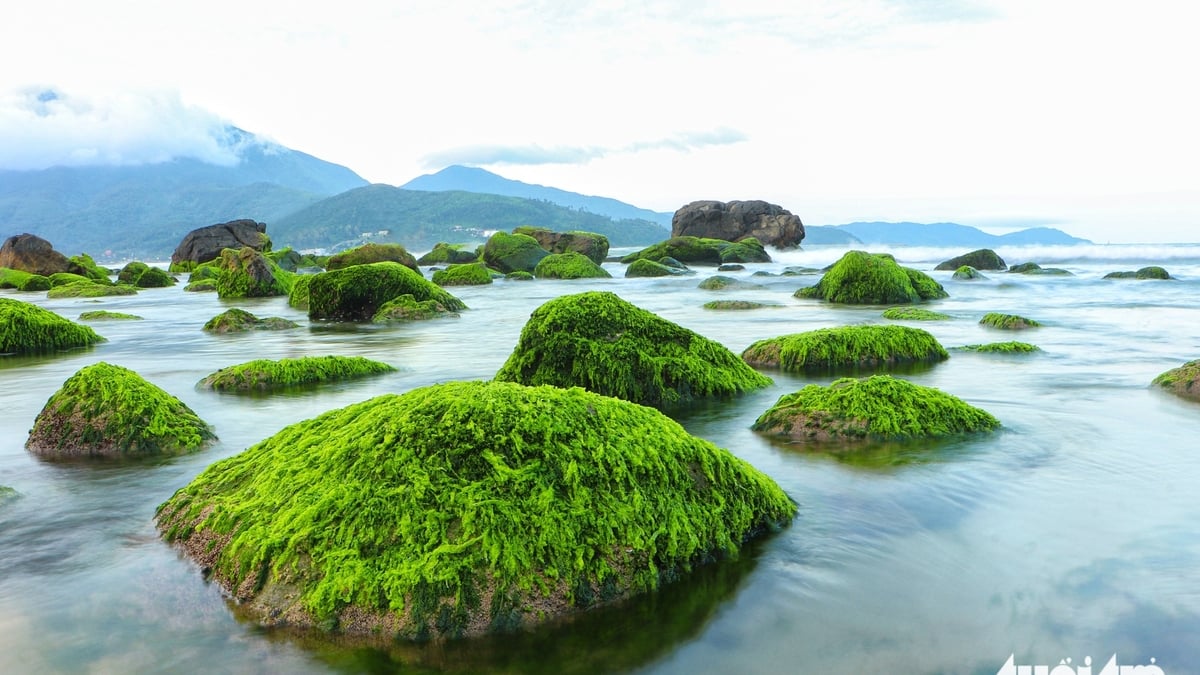
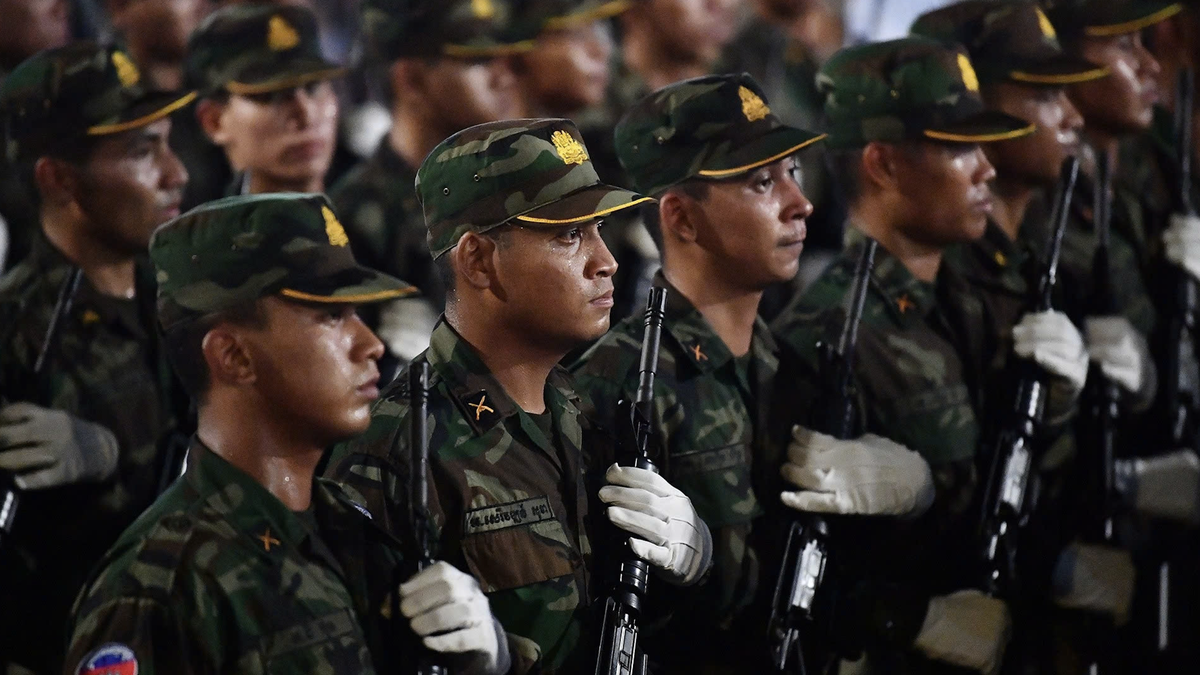
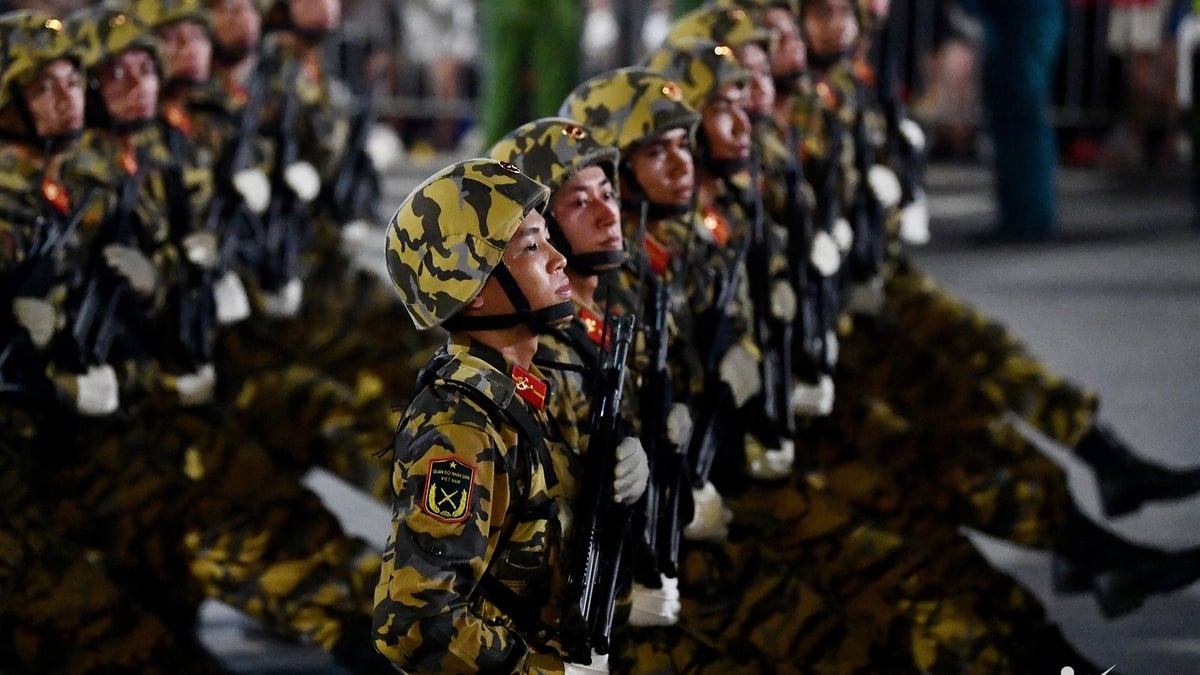
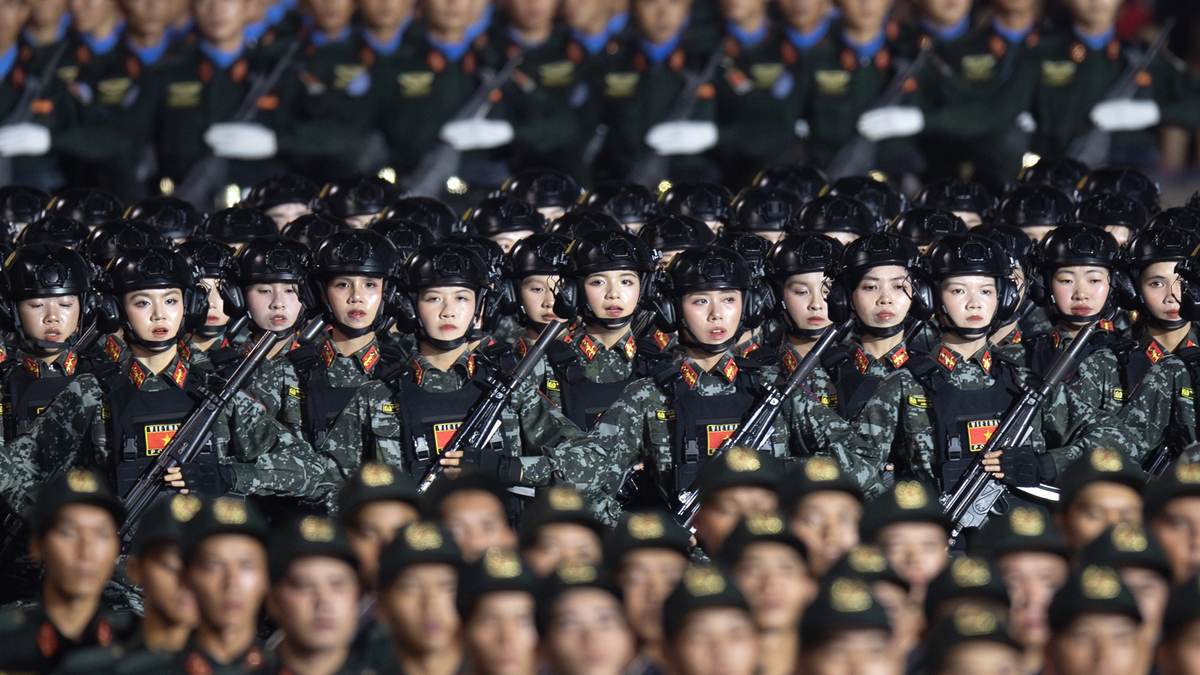
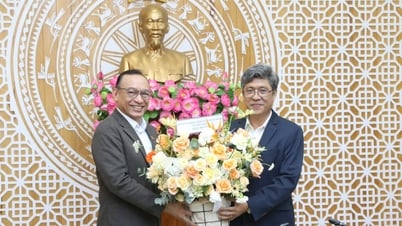

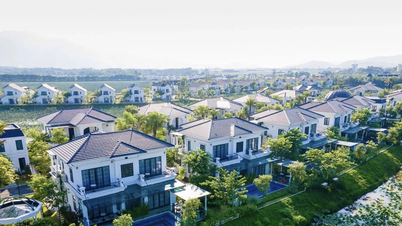

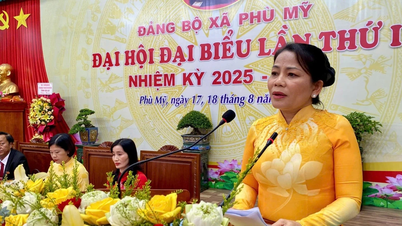



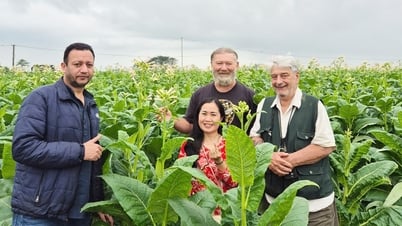

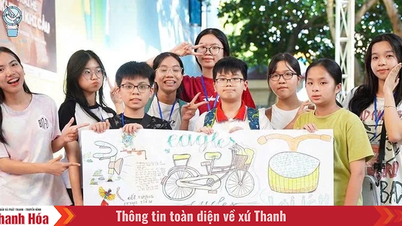


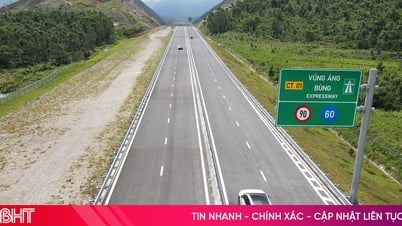

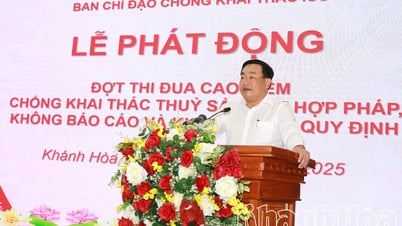

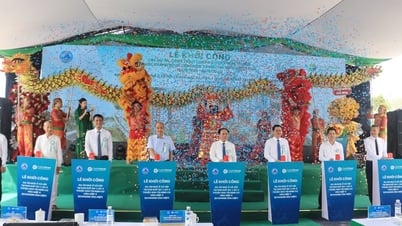
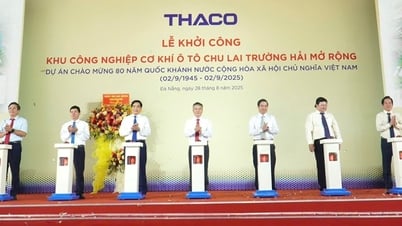
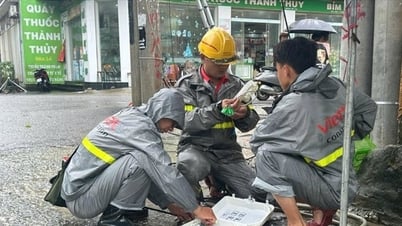




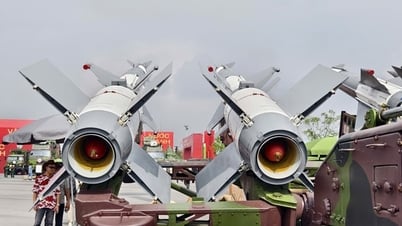
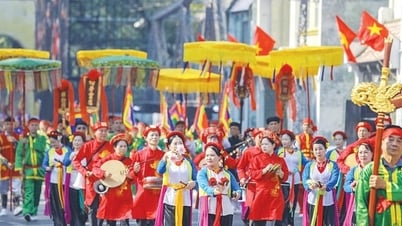


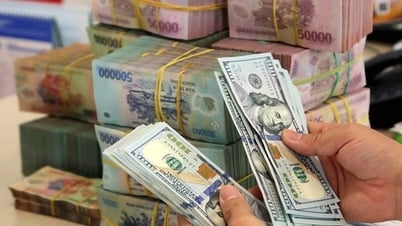
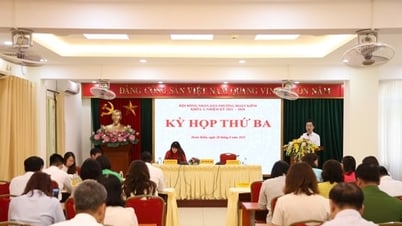
![[Photo] Images of the State-level preliminary rehearsal of the military parade at Ba Dinh Square](https://vphoto.vietnam.vn/thumb/1200x675/vietnam/resource/IMAGE/2025/8/27/807e4479c81f408ca16b916ba381b667)
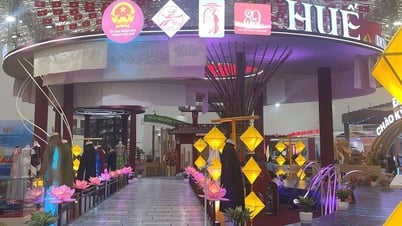

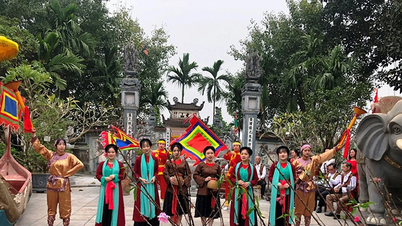

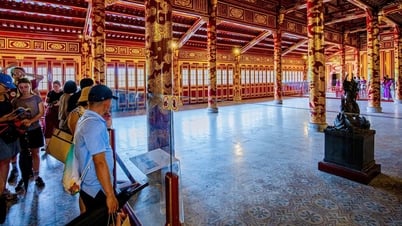

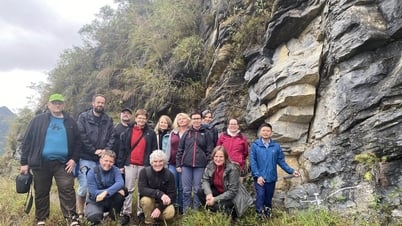

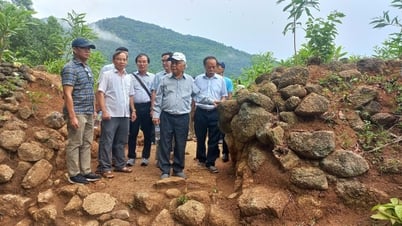
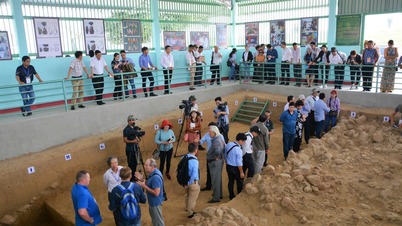
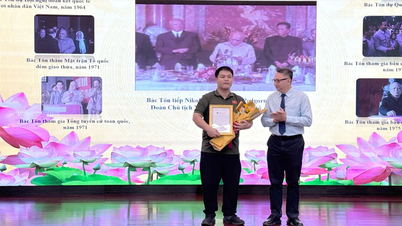

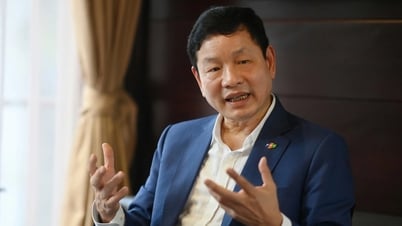

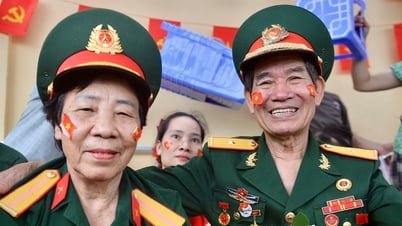


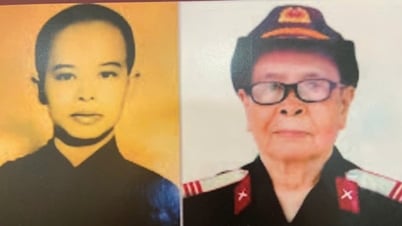

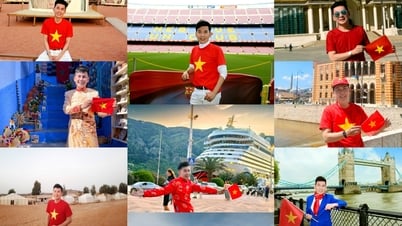
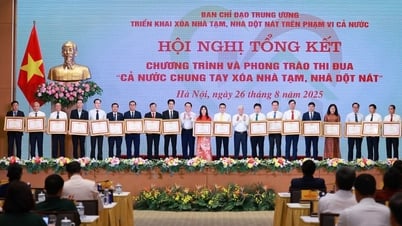

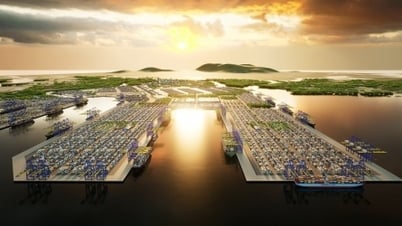
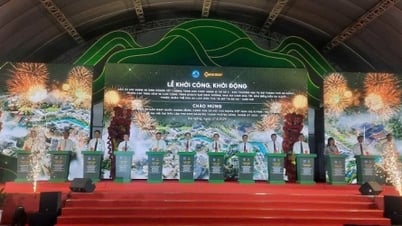
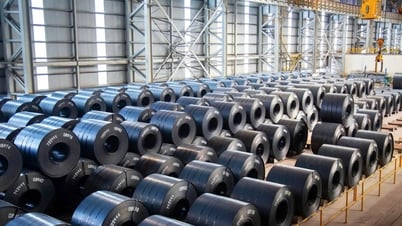


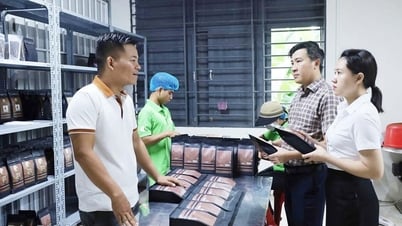

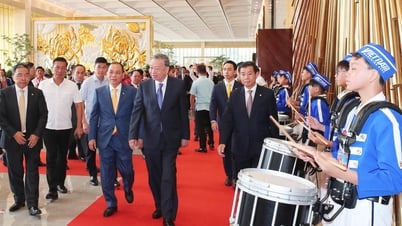


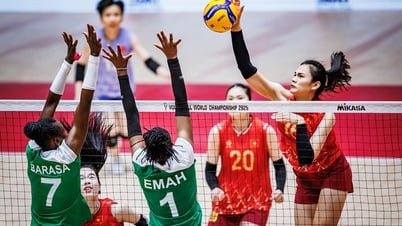




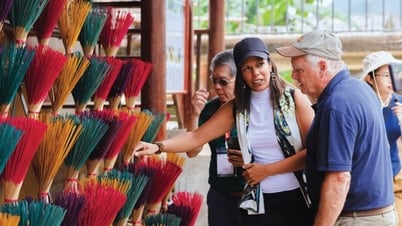

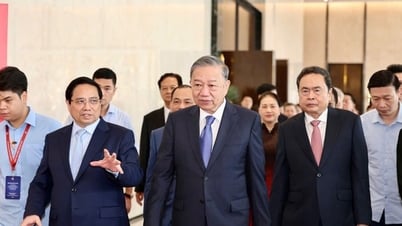
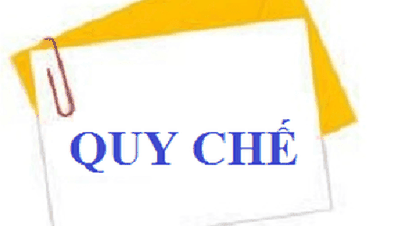
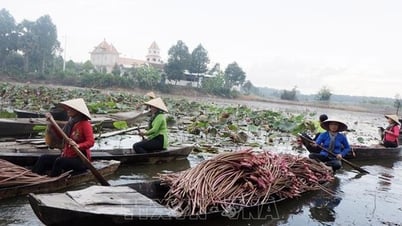

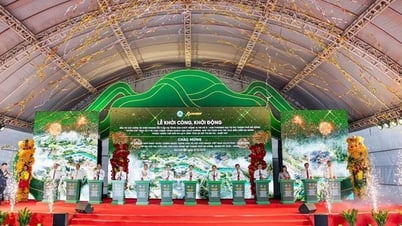
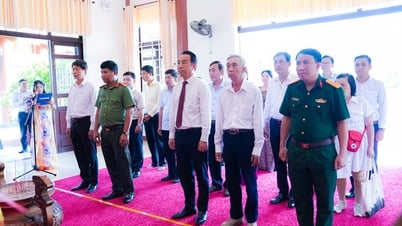

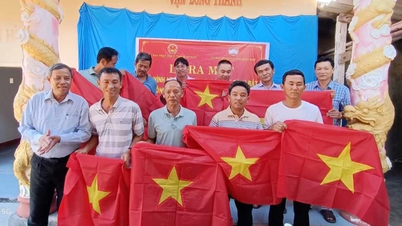
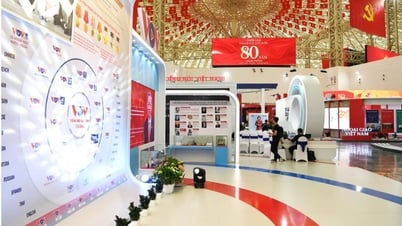

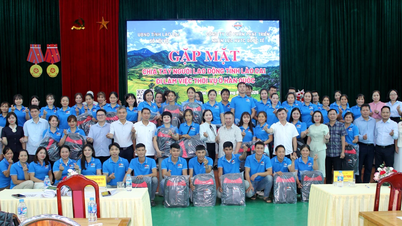

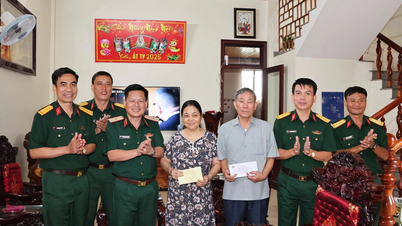
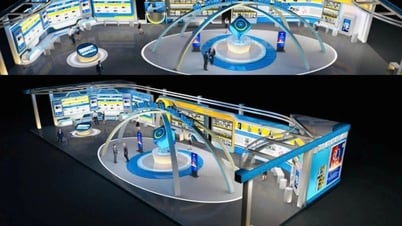
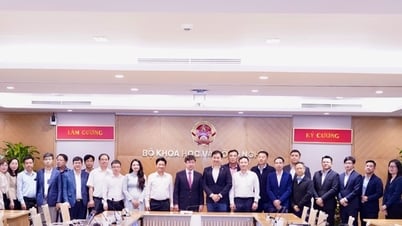




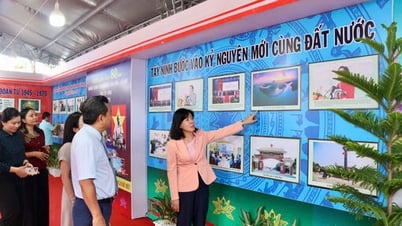





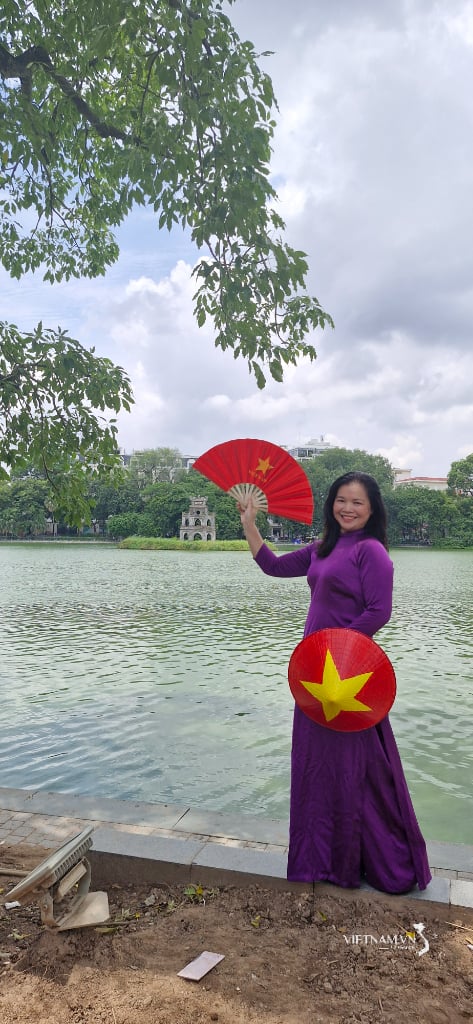
Comment (0)